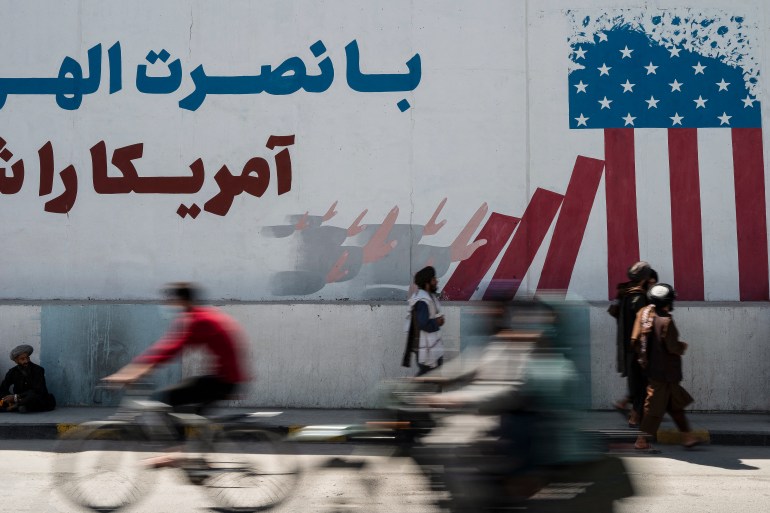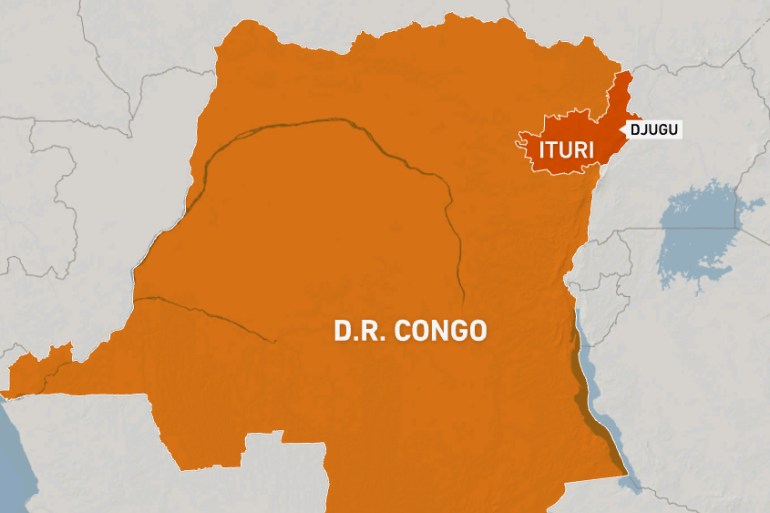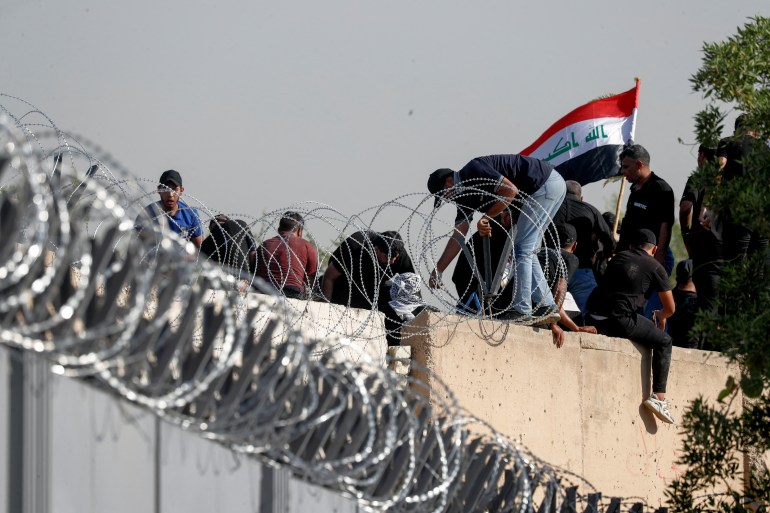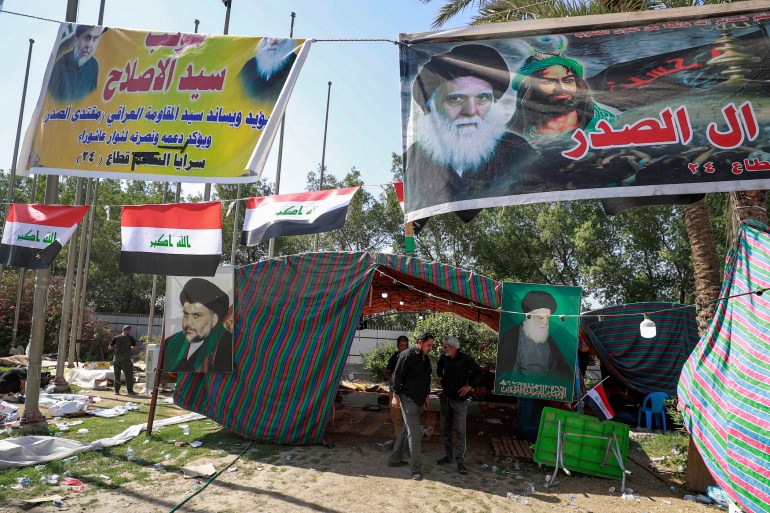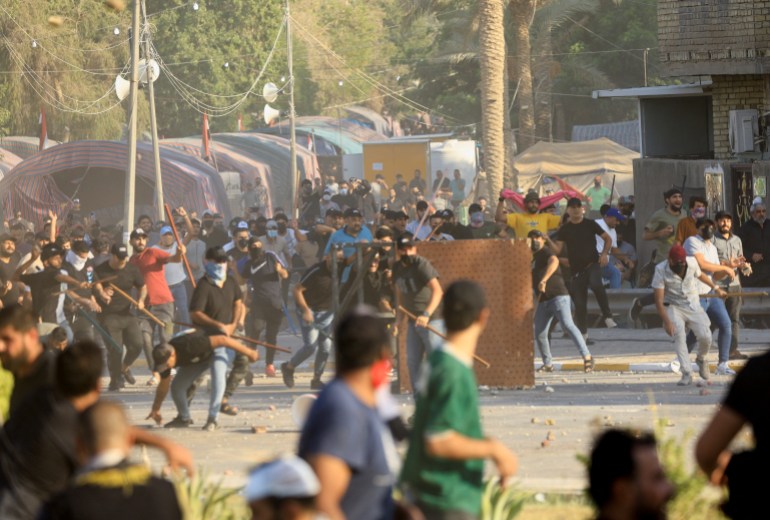
Ukraine’s armed forces claim to have launched a long-awaited ground operation to take back territories in the Kherson region in the 27th week of the war, striking in eight directions simultaneously.
“We have launched offensive operations in many directions … we can confirm that we have broken through the first line of defence,” said a spokesperson for Ukraine’s southern command, Natalia Gumenyuk, on August 29.
The offensive comes after weeks of pummelling Russian supply lines, command posts, equipment and ammunition warehouses and airbases with high-precision rocket artillery and drones to weaken resupply capabilities to the front lines. Russian forces had responded by creating pontoon crossings on the Dnieper River.
Serhiy Khlan, a former adviser to Kherson’s governor, said Ukrainian forces had destroyed a Russian pontoon ferry crossing near the village of Lvove. Ukrainian and Russian sources also showed Ukraine had struck a Russian pontoon crossing made of barges next to the crippled Antonivsky bridge.
“The effects of destroying ferries will likely be more ephemeral than those of putting bridges out of commission, so attacking them makes sense in conjunction with active ground operations,” said the Institute for the Study of War.
Russian military blogger Grey Zone, who has 276,000 Telegram subscribers, reported that Ukrainian forces had advanced 6km (3.7 miles) to take Sukhyi Stavok, north of Kherson city.
An unnamed military source told CNN that Ukrainian forces had taken settlements including Pravdyne, Nova Dmytrivka and Tomyna Balka, about 23km (14.3 miles) southwest of Kherson city, suggesting they were advancing along a salient south of Kherson city.
Ukrainian officials from the Kherson region were urging residents to temporarily evacuate Kherson city “so that our armed forces can quickly liberate it from the enemy”.
A local resident told Al Jazeera that the counteroffensive had some initial success, but was becoming bogged down.
“The villages along the front line – these the Ukrainians broke easily. In the second line of defence there was blood spilled. I heard 1,000 Ukrainians and 1,500 Russians [were killed],” said Pantelis Boubouras, Greece’s honourary consul in Kherson, who runs a construction business in Odesa.
“The second line isn’t falling easily. There are 25,000-30,000 soldiers, they’ve been there five months, and are very well equipped and dug in,” Boubouras told Al Jazeera.
The Russian Defence Ministry denied that there was any loss of territory, saying 1,200 Ukrainian soldiers had died during the attempt to recapture Kryvyi Rih in the Kherson region.
“Effective actions by the Russian group of troops destroyed 48 tanks, 46 infantry fighting vehicles, 37 other armoured fighting vehicles, eight pickup trucks with heavy machine guns and more than 1,200 Ukrainian servicemen in a day,” Russian Defence Ministry spokesman Lieutenant-General Igor Konashenkov said.
But Gumenyuk said Russian forces had not launched a defensive counterattack.
“Having dug in and feeling more or less protected among the reinforced concrete structures, [the enemy] does not want to climb into attack” she said.
It was unclear how well the offensive was progressing on the northern edge of the line of contact in Kherson. Grey Zone said that Ukrainian forces had crossed the Inhulets River on boats and launched unsuccessful offensives on a cluster of settlements near Vysokopillya.
At the same time, geolocated footage showed that Ukrainian forces had recaptured Arkhanhelske, a settlement near Vysokopillya along the line of contact.
Deeper in Kherson oblast, Ukrainian forces struck a Russian concentration of ammunition and equipment in a factory at Beryslav, setting it aflame, a local official told the news site Ukrainian Pravda.
‘Time for the Russian military to flee’
The Ukrainian Defence Ministry made no mention of an offensive in Kherson in its regular operational update on the evening of August 29 or the morning of August 30.
However, without offering specifics, Ukrainian President Volodymyr Zelenskyy said on August 29 that “the occupiers should know, we will oust them to the border … which has not changed” – a reference to Ukraine’s pre-2014 territory that included Crimea and the Donbas. “If they want to survive, it is time for the Russian military to flee.”
The “Kakhovka” grouping of Ukrainian troops said on the morning of August 29 that the situation was ripe for an offensive, since Ukrainian rocket artillery had destroyed all heavy bridges across the Dnieper River.
“Only the pedestrian crossings are left,” they said. “The Russian army turned out to be cut off from the supply of arms and personnel from the territory of Crimea. This is a brilliant chance for Ukraine to regain its territories.”
Ukraine has been receiving massive military aid from NATO members since Russia invaded it on February 24. On the six-month anniversary of the invasion, August 24, NATO Secretary-General Jens Stoltenberg underlined the alliance’s commitment.
“You can count on NATO’s support for as long as it takes … Ukraine must prevail. Ukraine will prevail,” said Stoltenberg.
On the same day, the administration of United States President Joe Biden gave Ukraine its biggest single payout of military aid worth $2.98bn. Biden said the package “will allow Ukraine to acquire air defence systems, artillery systems and munitions, counter-unmanned aerial systems, and radars”.
Throughout the 27th week, Ukrainian forces stepped up their attacks on Russian supply lines.
Ukraine’s southern command said on August 25 that its forces had struck the Nova Kakhovka bridge in Kherson, destroying 12 Russian tanks and ammunition.
Ukrainian air strikes destroyed air defence units and an ammunition depot along with seven rocket launchers in Russian-occupied Nova Kakhovka, an area Ukrainian troops are now trying to capture in the Kherson oblast. Ukrainian officials reported that a total of four Russian warehouses were destroyed.
These Ukrainian strikes have had an effect on Russian strategy and strength. Business Insider quoted a secret NATO report saying Russian forces relocated six Sukhoi-35S and four MiG-31BM aircraft from Belbek airfield in Crimea to mainland Russia, ostensibly to protect them from Ukrainian counterattacks.
Russia has also had problems staffing its invasion of Ukraine, having suffered losses of more than 47,000 personnel, according to the Ukrainian Defence Ministry.
Ukrainian military intelligence spokesman Vadym Skibitsky said Russia is preparing to mobilise 90,000 troops in the country.
These are volunteers, reservists, and soldiers recruited as part of Russia’s summer drive to raise a battalion in each of its regions.
“Will the mobilisation of more people in the Russian Federation help?” asked Skibitsky. “Probably not after all. Because the morale of military personnel, as they conduct combat operations, decreases.”
SOURCE: AL JAZEERA


